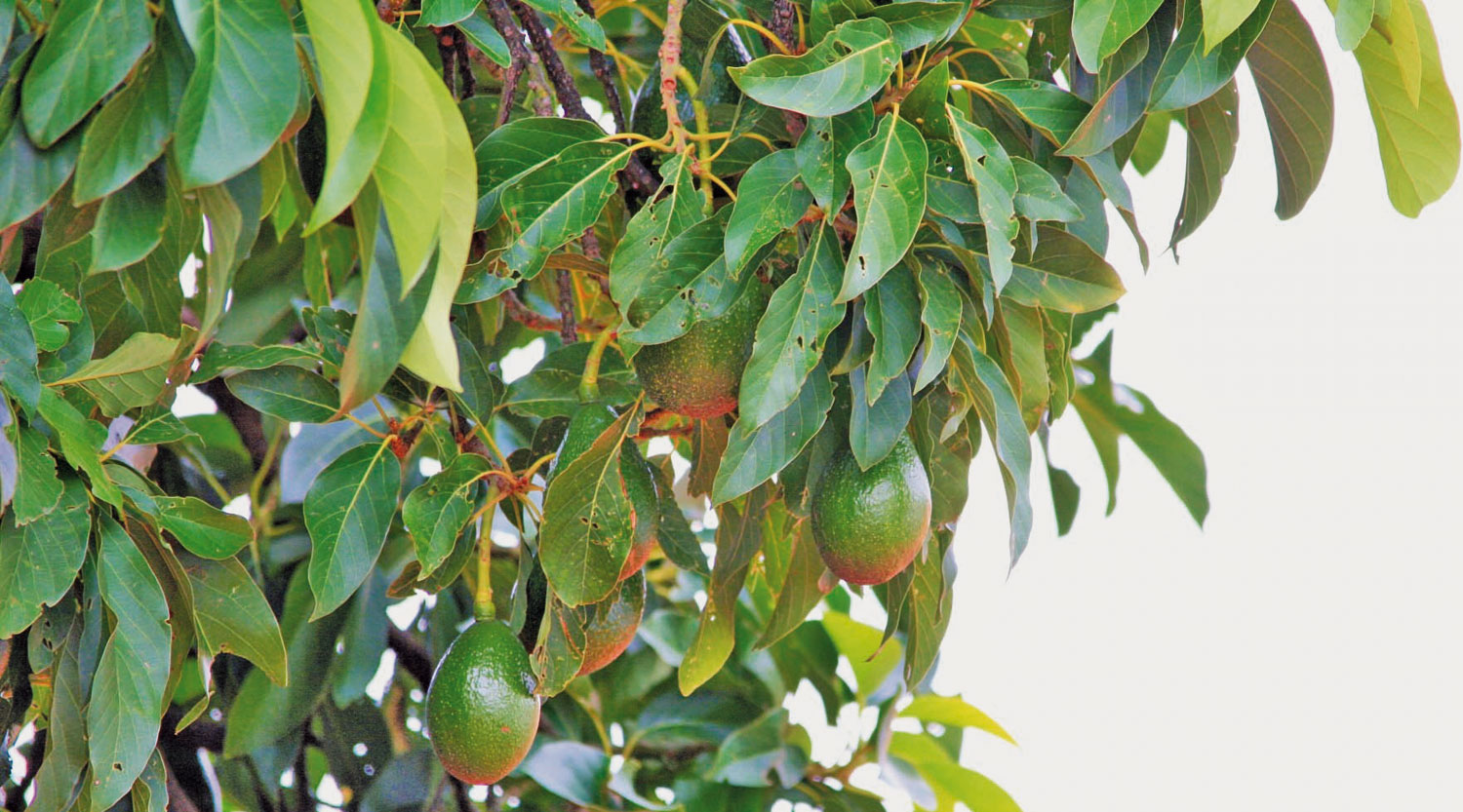

Love it or loathe it, America’s avocado craze shows no sign of fizzling out, but fans of the Mexican staple may not realize they can thank the NAFTA trade deal for ensuring its bountiful supply.
In a little over two decades, American store shelves have been transformed as mounds of avocados, mangos, papayas and peppers stamped “Mexico” flooded over the border.
The year-round profusion of fresh fruits and vegetables is directly attributable to the North American Free Trade Agreement, which the United States, Canada and Mexico are renegotiating at the demand of President Donald Trump who dubbed it the “worst deal ever.”
“I’m 49 years old and remember when I was little asking my mother in winter ‘Where are the strawberries-’ and my mother would say ‘It is out of season,’” says Jaime Chamberlain, who runs JC Distributing, a family business that imports fruit and vegetables from Mexico.
Thanks to the 1994 trade deal, there is now a whole new generation of Americans who will never know such seasonal hardship.
While NAFTA was never intended as a vehicle to change the American diet, Steven Zahniser, economist and researcher at the US Agriculture Department (USDA), sees a correlation between the agreement and Americans eating more fresh fruits and vegetables.
Cheaper produce
Chamberlain notes that before the trade deal took effect in 1994, import duties on fresh produce were “astronomical.” Melons were taxed at 30 percent, tomatoes at around 20 percent.
Pre-NAFTA conditions made it difficult to export to the US market, and for consumers to find fresh produce that was both varied and affordable. Only three or four Mexican states were exporting to the United States before the deal.
Today, all the states send their fresh produce to their neighbor, said Chamberlain, who took over the reins of the company in 1987.
“It has been a fantastic wave of agriculture growth that has been extremely beneficial to the final consumers both Canadian and American,” he said.
The most dramatic example is the avocado.
Virtually banned from the United States until 1993 for phytosanitary reasons — the technical term for rules on agriculture to protect health and prevent pests — NAFTA opened the floodgates to imports of the green fruit that today is massively consumed across America.
Avocado consumption has tripled since 1994, according to the USDA, and the United States is now the largest importer of the fatty fruit in the world, totaling $1 billion a year.
Super Bowl guacamole
The presence of a large Mexican community in the United States helped popularize the use of the buttery, green topping in sandwiches and on salads — with its biggest use in the form of guacamole.
The mashed avocado cream mixed with lime, onion and tomato, and consumed by the gallon with nachos, has become the most popular snack of the Super Bowl, the American football championship game that is biggest event of the year for US television.
But the past few years saw avocado’s popularity escalate among health-conscious Americans into a national craze which has since gone global, to the point of a backlash.
There have been warnings the avocado boom is fuelling illegal deforestation in Mexico, while avocado toast became a standing joke after it was suggested the high-priced brunch staple was the reason millennials could not afford to buy homes.
USDA agricultural economist Agnes Perez, in a recent study on NAFTA, said the boom was partly attributable to “increasing awareness of the benefits of ‘healthy fats,’ like the mono-unsaturated fats found in avocados.”
Campaigns to encourage Americans to eat a more healthy and balanced diet also have boosted appetite for other fruits.
Demand for Mexican strawberries, raspberries, blueberries and blackberries has been “overwhelming,” Chamberlain said, noting that berries have been touted “as a super brain food” for the past 10 to 15 years.
“It is one of the greatest stories in the (Mexican) agricultural sector alongside the avocado industry.”
In a country where nearly one in three adults is obese, the challenge, he says, is to provide Americans with beautiful fruits and vegetables that are appealing and tasty, to encourage them to try new flavors.
“As a chef, with the NAFTA agreement you have the confidence that you will find all the ingredients you need 365 days a year to make the meals you put on your menu,” he said.
Still, he said, the choice of diet is up to the individual.
NAFTA “has made things more affordable but it is up to you to buy and eat them.” – AFP
Oman Observer is now on the WhatsApp channel. Click here



